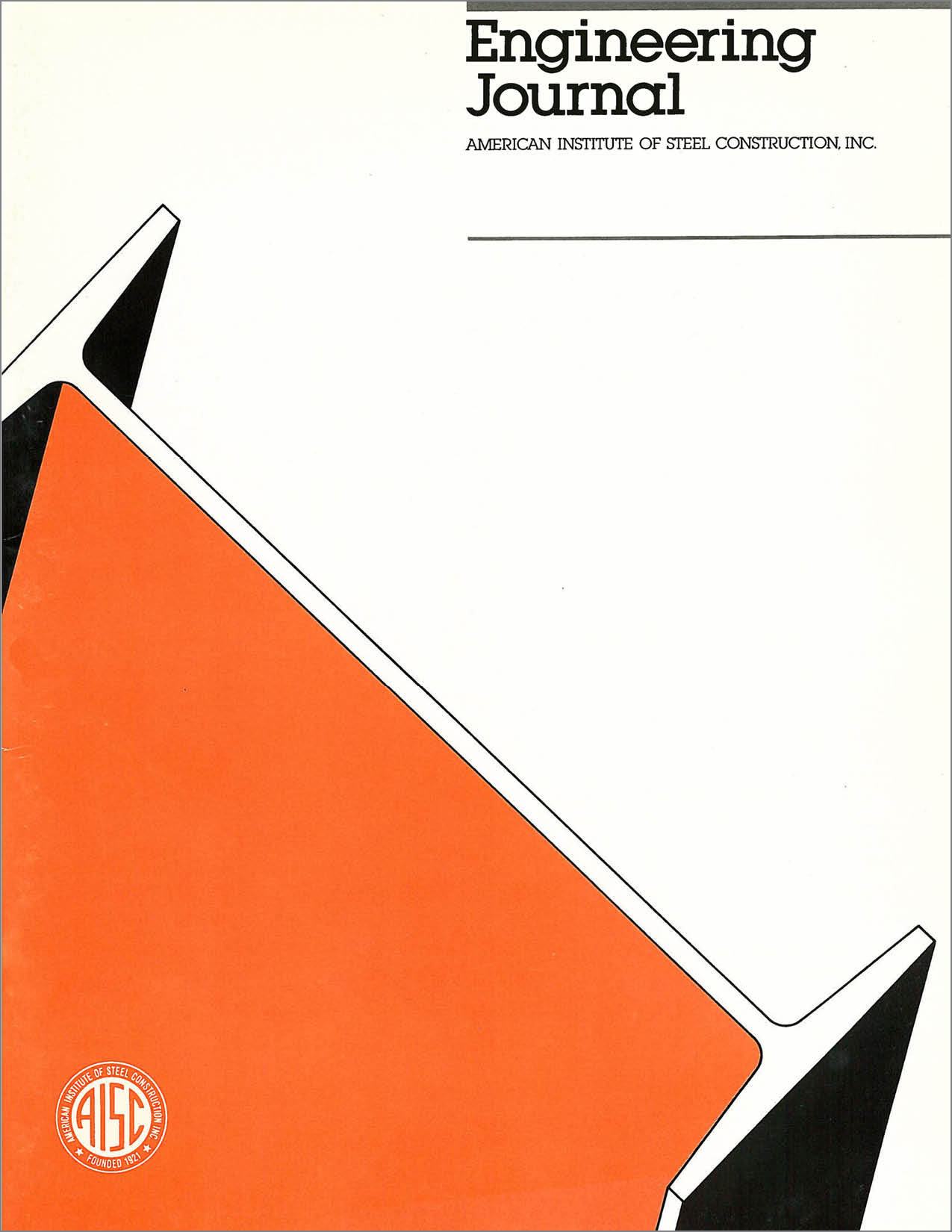LRFD and the Structural Engineering Curriculum
DOI:
https://doi.org/10.62913/engj.v25i2.497Abstract
The new Load and Resistance Factor Design Specification for Structural Steel Buildings will eventually replace the existing Allowable Stress Design Specification for normal engineering design. The speed with which this takes place depends to a large extent on its inclusion in basic undergraduate curriculum. Past experience with major changes in code concepts, such as the reinforced concrete code change from working stress to ultimate strength, has shown the integration of these new concepts into professional practice is due, in large part, to the influx of new graduates into practice. This paper looks at the incorporation of LRFD concepts into a structural engineering curriculum. It identifies some of the advantages and disadvantages of both allowable stress design (ASD) and load and resistance factor design (LRFD) and proposes four options for addressing LRFD and its impact on an academic program.

